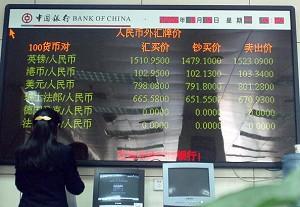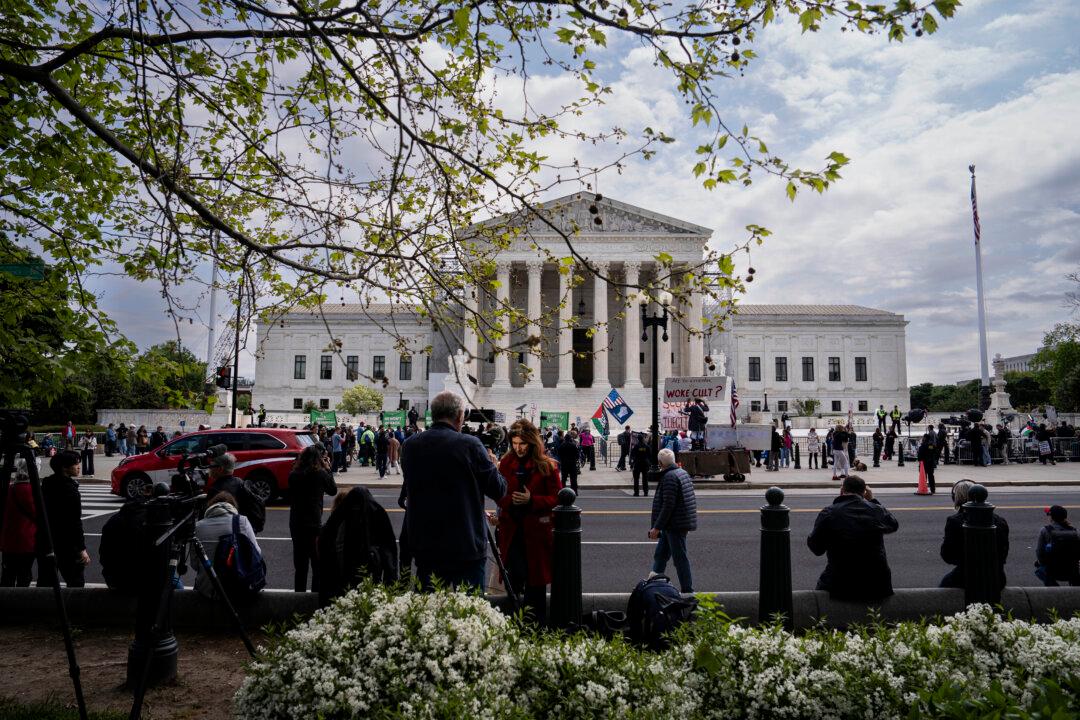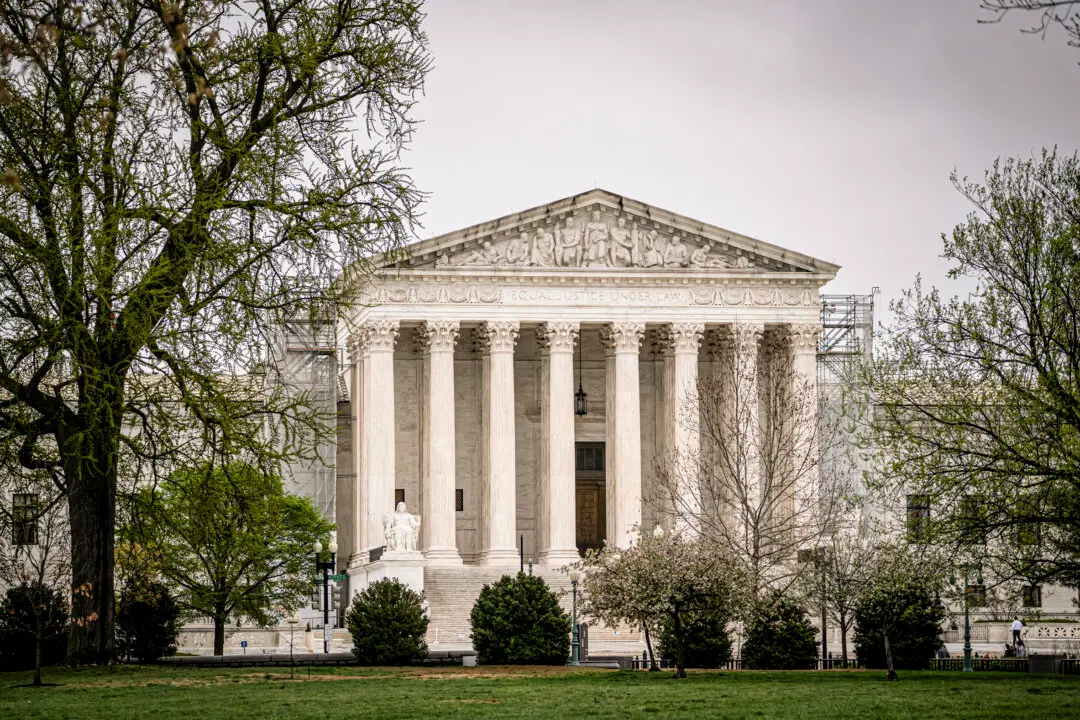CHINA—China’s foreign exchange reserves (FER) are the largest in the world at 1 trillion U.S. dollars, but many experts are concerned.
According to China’s official media, by the end of October, China will have accumulated over US$1 trillion in FER. Its average monthly increase is US$18.77 billion.
In 1978, China’s FER was a meager US$167 million, but in recent years, FER growth has averaged US$200 billion per year. In February 2006, China’s FER became the world’s largest, eclipsing Japan.
Waste and Risks
According to Professor Xiao Zhuoji, of Beijing University, the gigantic FER poses several potential problems. One is that a large amount RMB is unavailable and cannot be used in commodities or investment markets—it is a waste of resources.
Xiao also believes the structure of China’s FER is not optimized. The FER has a high valuation risk, no matter which currency might suffer devaluation. Currently, over 70 percent of China’s FER is invested in U.S. bonds. With the U.S. trade deficit over six percent of its GDP, the U.S. dollar faces the risk of devaluation. China would suffer a huge loss should this happen.
Mainland media Securities Times, also reports that Professor Xiao believes that according to international standards, China needs US$210 billion FER plus some other needs. China’s FER should not exceed US$250 billion.
Chinese political and economic commentator Cao An said that most of China’s FER is invested in low return, short-term U.S. bonds, which means that China’s reserves are used by other countries for cheap capital. This is a huge profit loss.
Some critics even comment that because the large Chinese FER is invested in U.S. bonds, it provides abundant and cheap capital to U.S. markets. This situation has allowed the United States to have a low inflation and low interest rate economic environment for more than a decade, which has rarely been seen in history.
Normally, a country only needs FER to pay for its three to six month import expense and one year’s debt. But currently, China’s FER could pay for 14 months of import expense and payoff its short term debt six times.
A Challenge for Beijing
In October, the Chinese version of the Financial Times published an article titled “Trillion FER: Is It Panacea or Poison?” The article pointed out that the operation of the huge volume FER definitely cost the Chinese people benefits and also increased Beijing’s exchange risk in managing this reserve.
China University of Political Science and Business Law School professor Yang Fan said the huge FER means that there is a severe imbalance between the Chinese economy and the world economy.
According to Shanghai Jiao Tong University Professor Pan Yingli’s analysis, because the central bank’s (The People’s Bank of China)efficiency in converting its international reserves into government securities (sterilization policy) is progressively deteriorating, the FER’s interest cost keeps increasing, thus currency liquidity in China will increase, the large volumes of foreign currency exchanged for RMB through China’s banking system will pump up the current investment fever, which will increase the difficult to control growth of currency, causing expansion of the money supply and bank credit, and then lead to inflation.
The large volume FER also puts more pressure on the yuan for revaluation. How to avoid inflation and how to make use of its FER has become Beijing’s most urgent economic challenge.




